Curious about the financial investment required to lift a 4Runner? Look no further.
In this concise guide, we’ll delve into the important things involved in lifting a 4Runner and other essential considerations. Get ready to uncover the price tag of elevating your off-road adventure!
How Much Does It Cost to Lift a 4Runner?
The cost of lifting a 4Runner can vary, but as a general estimate, suspension lift kits usually come with a price tag of around $1000. On top of that, you can expect to spend approximately $300 for the labor involved in the installation process.
Taking these figures into account, the average total cost for a lift comes to around $1,300. However, it’s important to note that these numbers are subject to fluctuation based on factors such as the brand and quality of the suspension kit, additional modifications, and any customization preferences you may have.
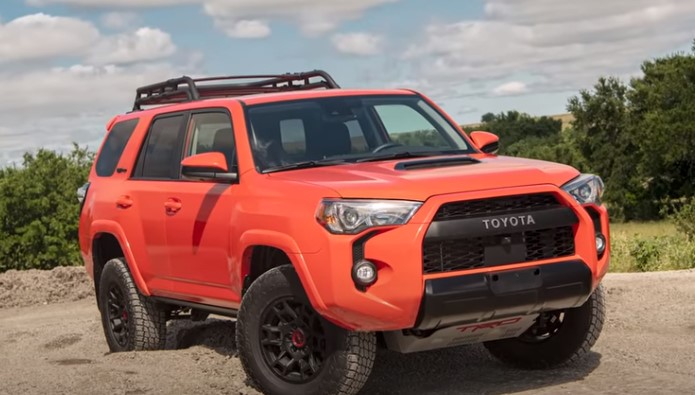
considerations in Lifting Your 4Runner
The Type of Lift Kit You Want to Buy
Before taking the leap and lifting your 4Runner, one crucial aspect to consider is the type of lift kit you want to purchase. There are several options available, each with its advantages and considerations.
Suspension lift kits are popular for off-road enthusiasts as they offer increased ground clearance and improved suspension performance. However, they can also be more expensive and may require additional modifications.
On the other hand, body lift kits elevate the body of the vehicle, providing clearance for larger tires, but they do not enhance suspension performance. Leveling kits are a common choice for achieving a balanced look by leveling the front and rear height.
Carefully evaluating your intended use, budget, and desired outcome will help you determine the most suitable lift kit for your 4Runner, ensuring a satisfying and well-informed decision.

The Model of Your 4Runner
When contemplating the decision to lift your 4Runner, it is crucial to consider the specific model you own. Different 4Runner models may have varying compatibility with lift kits and modifications. For example, older 4Runner models may require different suspension components compared to newer ones.
Additionally, certain trim levels or editions may have unique features or specifications that could impact the lift kit selection. It’s essential to research and understand the compatibility of lift kits with your particular 4Runner model to ensure a successful installation and optimal performance.
By taking into account the specific characteristics and requirements of your 4Runner model, you can make an informed decision and choose the most suitable lift kit that aligns with your vehicle’s specifications and capabilities.
The Decreased Fuel Efficiency
One important factor to consider before deciding to lift your 4Runner is the potential impact on fuel efficiency. Lifting your vehicle can result in decreased fuel economy due to several reasons.
The added weight of larger tires and the lift kit itself can create more resistance, requiring the engine to work harder and consume more fuel. Additionally, the change in aerodynamics caused by lifting the vehicle can lead to increased wind resistance, further impacting fuel efficiency.
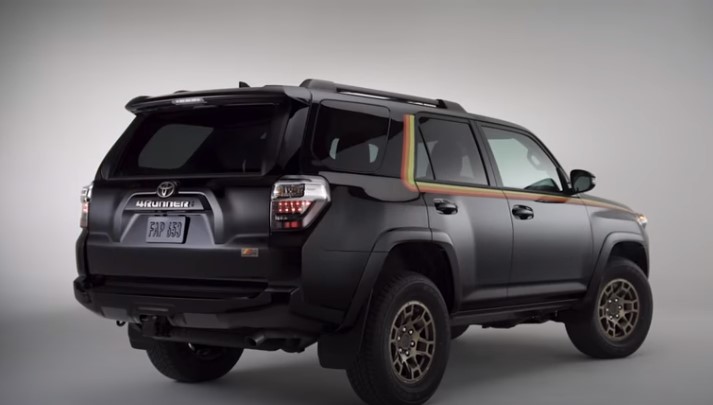
It’s essential to evaluate your driving habits and consider the potential trade-off between off-road capability and fuel economy. If preserving fuel efficiency is a priority, you may need to adjust your expectations or explore other options such as leveling kits that provide a more subtle lift.
Balancing your desire for an elevated ride with the potential impact on fuel efficiency is crucial in making an informed decision.
The Increased Insurance Rates
One crucial aspect to consider before deciding to lift your 4Runner is the potential impact on insurance rates. Modifying your vehicle by installing a lift kit can lead to increased insurance premiums. Insurance companies often consider vehicle modifications as factors that can increase the risk of accidents or damage.
Lifting your 4Runner alters its original design and can be seen as a deviation from the manufacturer’s intended specifications. As a result, insurance companies may view the modified vehicle as a higher risk and adjust the insurance rates accordingly.
Before proceeding with a lift, it’s advisable to contact your insurance provider and discuss the potential impact on your premiums. By being aware of any potential cost increases in insurance coverage, you can make an informed decision about whether the benefits of lifting your 4Runner outweigh the associated financial considerations.
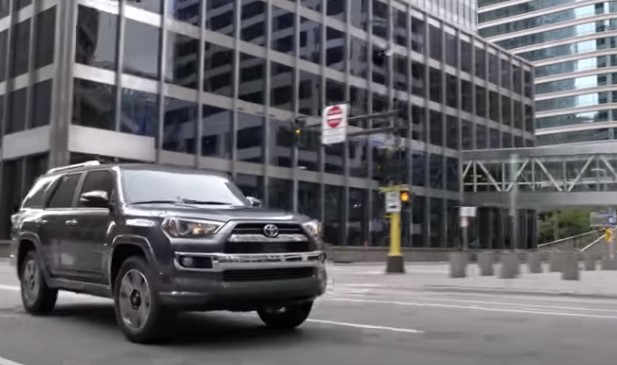
What Are the Different Options When It Comes to Lifting a Toyota 4Runner?
When it comes to lifting a Toyota 4Runner, there are several options available to cater to different needs and preferences. Let’s explore the various methods commonly used to elevate this popular SUV [1].
Suspension Lift Kit
This is the most common and comprehensive method of lifting a 4Runner. Suspension lift kits involve replacing or modifying the vehicle’s suspension components, such as the shocks, springs, and control arms. These kits provide increased ground clearance and enhanced off-road capabilities.
They allow for larger tires, better articulation, and improved approach and departure angles. However, suspension lift kits can be more expensive and may require professional installation.
Body Lift Kit
A body lift kit raises the body of the 4Runner by installing spacers or blocks between the frame and the body mounts. This method increases the clearance between the frame and the body, allowing for larger tires without altering the suspension.
Body lift kits are often more affordable compared to suspension lift kits. However, it’s important to note that they do not enhance suspension performance or improve ground clearance beyond the body itself.
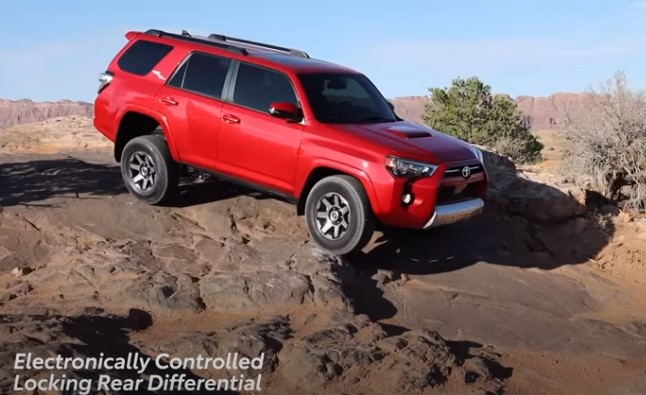
Leveling Kit
A leveling kit is used to level the front and rear height of the 4Runner. It typically involves installing spacers on the front suspension to compensate for any factory rake, resulting in a more balanced appearance.
Leveling kits are popular among owners who want a more even stance without significantly altering the vehicle’s overall height. They are relatively affordable and can be installed easily, sometimes without requiring professional assistance.
Coil Spring Spacers
This option involves installing spacers on the front or rear coil springs to provide a lift. Coil spring spacers are typically used in conjunction with other lift methods to achieve a desired height or level. They are cost-effective and relatively simple to install, making them a popular choice for minor lift adjustments.
Adjustable Suspension Systems
These systems allow you to adjust the ride height of your 4Runner according to your preference. They often come in the form of adjustable coil overs or shocks that provide variable lift height settings.
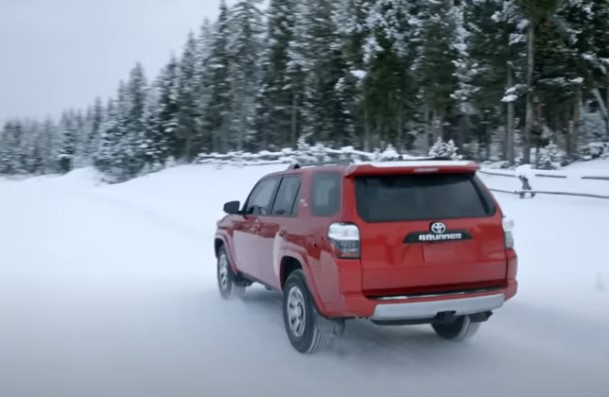
Adjustable suspension systems offer flexibility in terms of ride height and can be fine-tuned to different driving conditions or load requirements.
It’s important to note that regardless of the lift method chosen, there are factors to consider. These include warranty implications, potential alterations to the vehicle’s drivability and handling, and the need for additional modifications, such as upgrading the braking system or addressing potential issues with the driveline angles.
The choice of lift method depends on your intended use, budget, and personal preferences. It’s advisable to research and consult with experienced professionals or fellow 4Runner enthusiasts to understand the pros and cons of each option.
By carefully evaluating these different lift options, you can make an informed decision that aligns with your off-road aspirations and enhances your overall driving experience with the Toyota 4Runner.
Conclusion
Lifting a 4Runner comes with varying costs depending on factors like suspension kits and labor charges. By considering these financial aspects, you can make an informed decision and embark on your off-road adventures with a lifted 4Runner.

